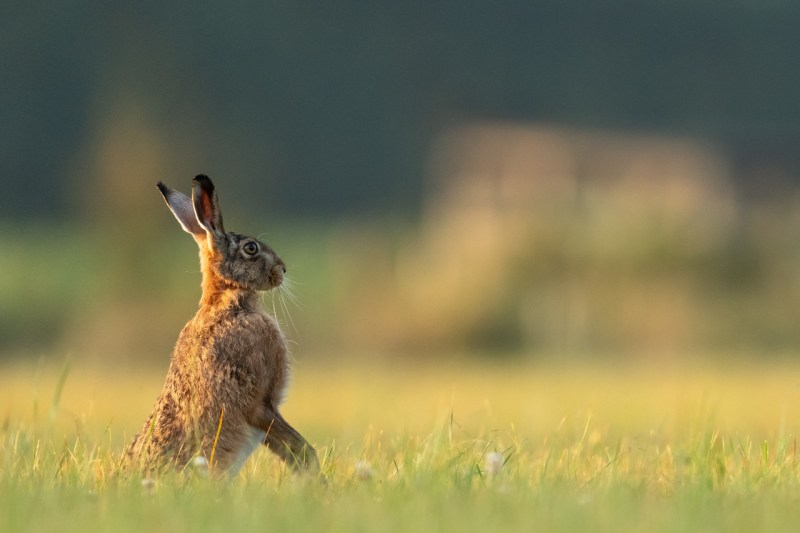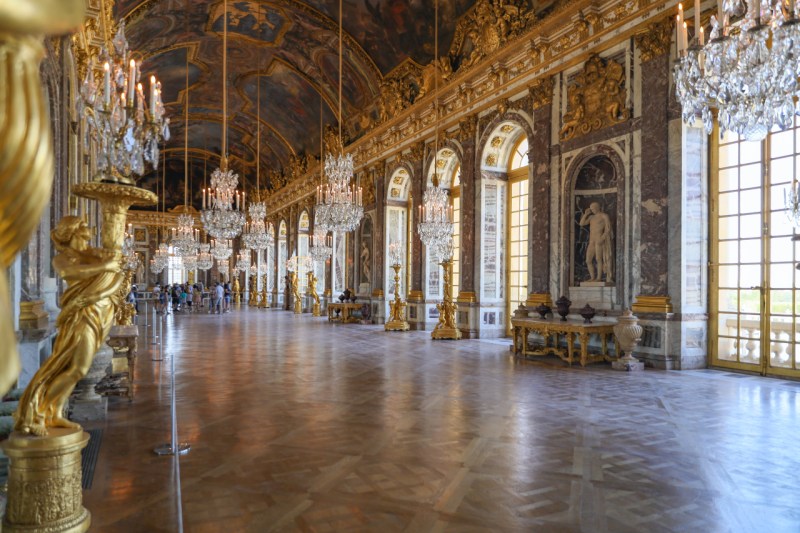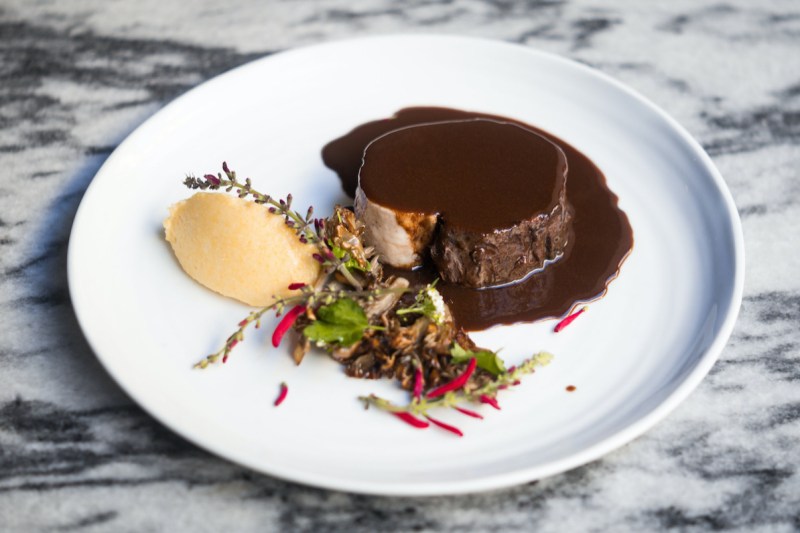
In Chicago, Chef Rob Shaner has been hard at work preparing a rather eccentric and traditional hare dish — Lièvre à La Royale. This historical dish (made from wild Scottish hares) was a favorite of French King Louis XIV. Extremely complex and time-consuming, Lièvre à La Royale takes several days to properly prepare. It’s also a nose-to-tail recipe, using everything from the hare’s organs to the bones and blood. This is not a dish for the faint of heart.
Originally from Missouri, Shaner’s love affair with French cuisine began as a teenager when his father moved the family to Paris for work. While in France, Shaner was inspired by the nation’s food and eventually decided to become a chef after a brief academic career. He has worked at The Bristol, Branch 27, Little Market Brasserie, and Blue 13 before becoming the executive chef at Homestead on the Roof in West Town, Chicago. Currently, Shaner is the owner and executive chef of Robert Et Fils, a fine-dining French restaurant with an emphasis on sustainability.
A Dish With Plenty of History

Lièvre à La Royale (hare royal) can trace its origins to the 1600s. Its elevation to royal court cuisine occurred in 1775, courtesy of legendary French Chef Antoine Carême, who created the version beloved by Louis XIV. As an avid cookbook collector, Shaner was able to recreate this dish from tireless readings and plenty of trial and error. There were a few reasons why he was drawn to this specific dish. As a child, Shaner grew up eating game meat in Missouri. His father often took him on hunting trips to bag wild birds and small animals. As a result, this dish fits several important aspects of Shaner’s cooking style — classic French flavors with a focus on nostalgia and creating unique dishes that invoke an experience. A historical French dish perfectly fits that mold.
All About the Blood and Bones

First, although hares might resemble a large rabbit in appearance, the taste is the polar opposite. Rabbit is mild meat, with the flavor and texture akin to chicken. Hare is dark, almost venison in color, and extremely gamey. “If rabbit is chicken, then hare is goose. It’s very earthy and irony,” said Shaner.
There is a gruesome historical fact about this dish. Traditionally, because the of importance placed on the hare’s blood for the final sauce, the hare was dispatched by strangling. The blood is saved and used as a natural thickener and added to the sauce at a precise temperature. Done incorrectly and the blood will coagulate and create an unappetizing mess. Another interesting aspect of this dish is the use of bones. When the hare is butchered, the bones are saved, marinated, and cooked to create the sauce.
A Complex Process
As expected of a dish fit for royalty, the preparation is very complicated. First, the blood is saved. The hare is then deboned carefully. The organs—heart, liver, lungs and kidneys—are taken out and set aside. These organs are mixed with pork fat, truffle, the leg meat of the hare, and foie gras for a stuffing. The meat and bones are then marinated in a mixture of red wine and spices (cloves, coriander, juniper, black pepper, and cardamom). Interestingly, the bones are hacked with a cleaver (to release the collagen for the sauce) before its marinated in the same wine mixture. After marinating, everything is cooked low and slow for 36 hours. The sauce is the final step, with the blood incorporated when the dish is ready to serve.
Despite the complexity of this dish, it hasn’t intimidated Shaner. As a chef who values the classics and appreciates a challenge, there’s nothing quite like Lièvre à La Royale in French cuisine. “I like to find dishes that have a strong history to them,” said Shaner. “and this is one of the big French dishes.”



